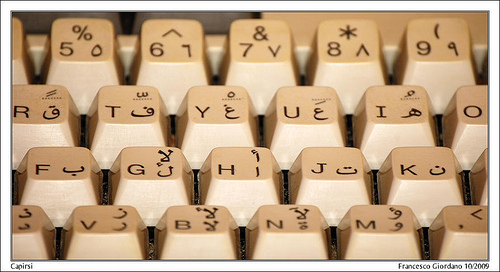Roundup: Reading it By Ear
In our Roundups segment, we’re looking back at all the great posts since the blog started in 2009. We explore posts from our archives as well as other top literary magazines and websites, centered on a certain theme to help you jump-start your week.
We’ve had a few posts lately at our blog about the aural aspects of writing, so we decided to roundup some posts on the connection of silent, physical writing to the act of reading, speaking, and listening.
From Ploughshares:
- We recently posted Amber Kelly-Anderson’s “Writing by Ear,” where she advises you to play with your words, Seuss-like.
- We also recently posted Caitlin O’Neil’s classic advice of reading your writing out loud to hear what you’re missing in “Reading Aloud: It’s Not Just for Kids Anymore.”
- Rachel Kadish takes cues for writing from radio sound effects in “Radio Drama and the Written Word.”
- Thomas Lee asks if you should really try to recreate how people really speak with your dialogue – or if it just sounds fake – in “The Way We Talk.”
- Southerner Megan Mayhew Bergman looks at “Trying to Write the Southern Accent” and who should write dialect.
From Around the Web:
- David Sedaris gives Fast Company a run-down of how he revises through reading aloud (and some great insight into reading live) in “Say It Out Loud: How David Sedaris Makes His Writing Better.”
- “To read with your lungs and diaphragm, with your tongue and lips, is very different than reading with your eyes alone,” writes Verlyn Klinkenborg in “Some Thoughts on the Lost Art of Reading Aloud.”
- Revisit assonance, consonance, alliteration, cadence, and repetition with Constance Hale in “The Sound of a Sentence.”
- Chris Abouzeid offers a critique of crafted accents in “Keeping It Readable: How Not to Write Dialogue Like Mark Twain.”
- “For a few years, I have been speaking my poems onstage with jazz musicians…” Robert Pinksy on “The Sounds Poems Make.”

